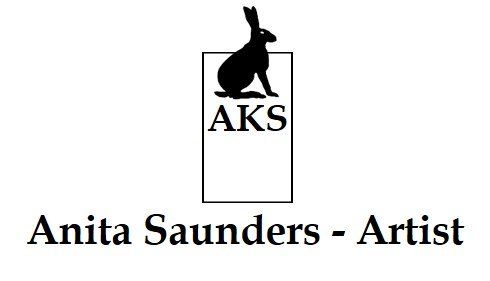TECHNIQUES EXPLAINED
Drypoint
Drypoint is a printmaking technique where the image is ‘incised’ or scored in the surface of the soft metal or plastic plate, using a hard pointed ‘needle’ of sharp metal, or a diamond point.
The lines of a drypoint have a distinctive soft velvety appearance, as each line has a slightly raised ragged rough edge, known as the burr.
Both the incised line and specifically the burr will hold the ink. The ink is then transferred to dampened paper when it’s run through the press.
As with mezzotint and lino cut, images transferred directly to paper by the application of pressure result in a reversed image to that on the plate.
Owing to the delicate nature of the burr, drypoint is usually made in small editions, stopping before the burr is crushed by the pressure of the press.
Mezzotint
Screen print
Linocut
A linocut is just as it sounds – an image is cut into a printmaking block of linoleum, using different sized and shaped cutting tools.
Images can be monochrome or multi coloured.
Multi coloured prints can be created from the same block using the reduction method - cutting away each colour until the lino plate is destroyed, or by cutting multiple plates – one for each colour used.
With both methods, the inked up block and paper must be placed in exactly the same place each time a new colour is applied to the print to ensure the colours align.
Areas to remain white on the print are carved from the block first.
Printing ink is rolled on to the raised areas. If creating a multi coloured image the lightest colour is printed first.
Paper is then placed on top of the lino and pressure is applied to transfer ink from block to paper
The paper is removed, with the image appearing in reverse.
Giclée prints
The word Giclée ("g-clay") is derived from the French verb gicler meaning "to squirt or spray“.
Giclée, is used to describe a fine art digital printing process, typically to reproduce paintings and photographs as limited editions.
The process combines pigment based inks with high quality museum grade archival paper, to achieve prints of superior quality, light fastness and stability.
My paintings are photographed professionally at a high resolution. The images are then printed on a specialist Epson giclée printer, on archival quality Hahnemuhle Matt Fine Art German Etching paper in numbered limited editions.
